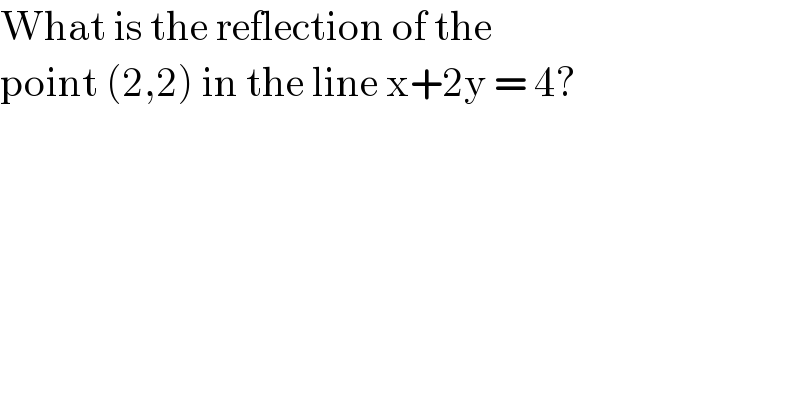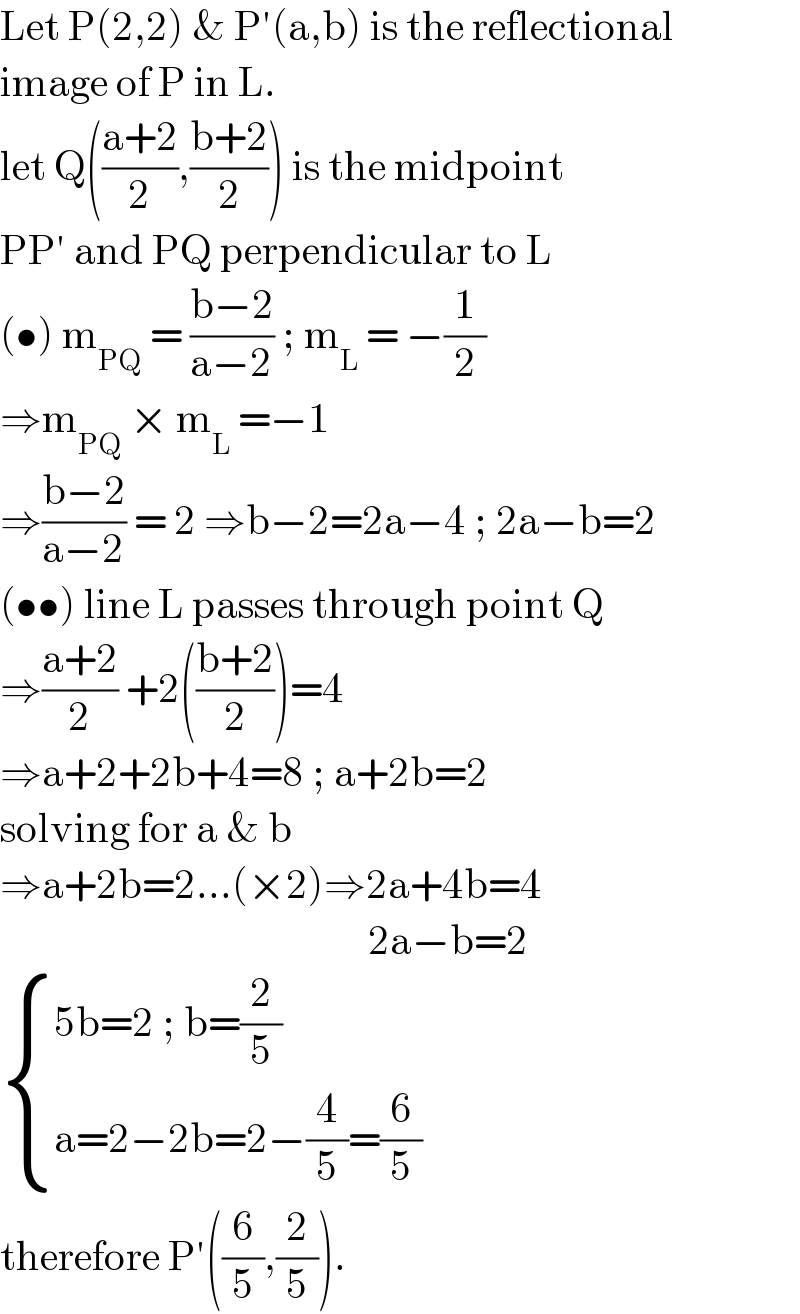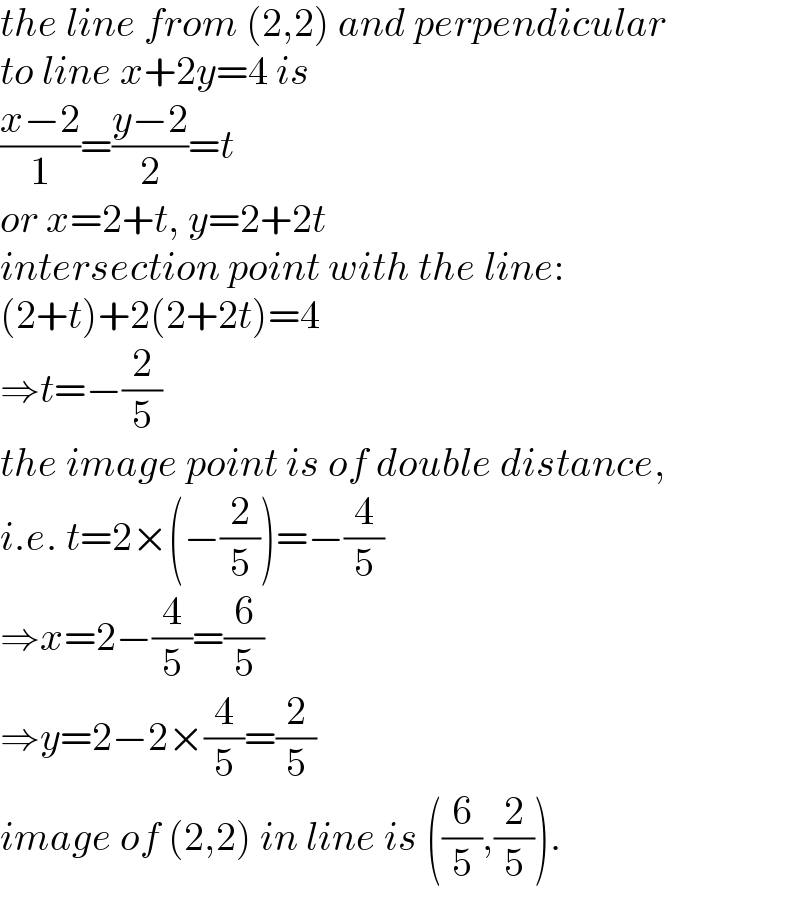
Question and Answers Forum
Previous in Relation and Functions Next in Relation and Functions
Question Number 139639 by bemath last updated on 30/Apr/21

Commented by bramlexs22 last updated on 30/Apr/21

Answered by mr W last updated on 30/Apr/21

| ||
Question and Answers Forum | ||
Previous in Relation and Functions Next in Relation and Functions | ||
Question Number 139639 by bemath last updated on 30/Apr/21 | ||
 | ||
Commented by bramlexs22 last updated on 30/Apr/21 | ||
 | ||
Answered by mr W last updated on 30/Apr/21 | ||
 | ||
| ||